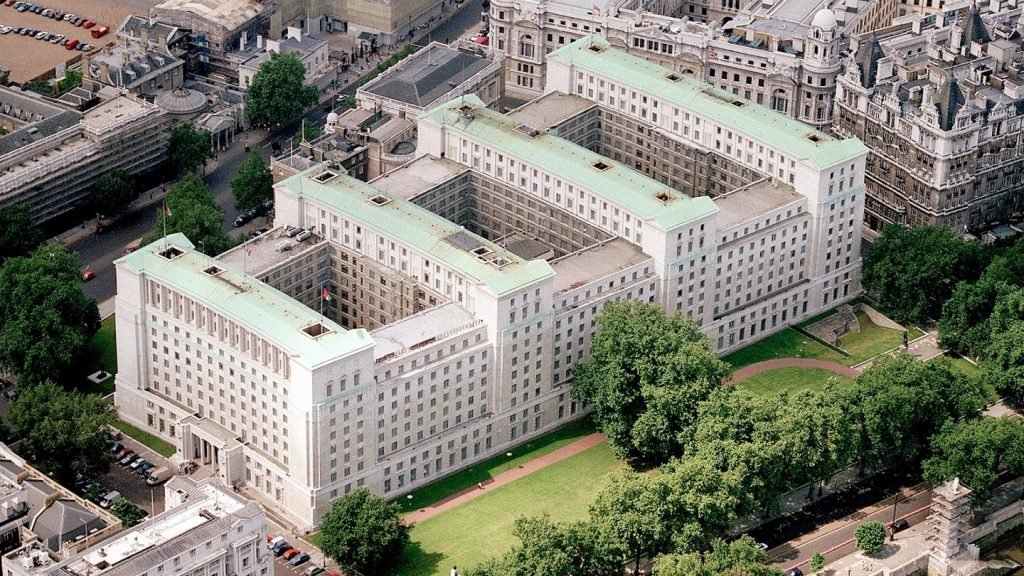
UK defence expenditure will effectively flatline as a proportion of GDP through to the 2025-26 financial year, according to recently revealed figures by the new Labour government based on projections from the Office for Budget Responsibility (OBR).
Detailed in a short response to a parliamentary question, Maria Eagle, Minister for Defence Procurement, stated on 13 November that defence spending is currently expected to be 2.29% of the UK’s GDP in financial year (FY) 2024-25 and 2.30% in 2025-26.
“Future FYs’ figures are subject to the outcome of the second phase of the Spending Review,” Eagle stated.
This would mean virtually no increase in UK defence spending as a proportion of GDP for the first two years of the new Labour government, which theoretically still harbours the ambition to increase it to 2.5% of GDP, although have to-date declined to provide a timeline.
The former governing Conservative party, now in opposition after a crushing election defeat in July this year, had previously said they would increase defence spending to 2.5% of GDP by the end of the next parliament, effectively by 2030.
In a 28 October paper produced by the UK House of Lords into UK defence spending forecasts, it was stated that despite the Labour government’s commitment to raising the defence budget to 2.5% of GDP, it was “unclear over what time period that increase will occur”.
Access the most comprehensive Company Profiles
on the market, powered by GlobalData. Save hours of research. Gain competitive edge.

Company Profile – free
sample
Your download email will arrive shortly
We are confident about the
unique
quality of our Company Profiles. However, we want you to make the most
beneficial
decision for your business, so we offer a free sample that you can download by
submitting the below form
By GlobalData
In addition, the paper outlined that ministers “have further indicated that difficult choices on defence spending may be required in light of current economic conditions”.
The Labour government has made sustained claims of a £22bn black hole in public funding, prompted concerns that the outcome of future Spending Reviews and the upcoming Strategic Defence Review, due to report in the first half of 2025, could include significant cuts in UK procurement programmes.
UK defence spending feeling the pinch
UK defence spending has endured a difficult decade as the impact of austerity, the Covid pandemic, a struggling economy and high levels of inflation all contributed to a degree of stagnation in military expenditure, relative to previous high points, such as the 2.47% in 2010.
Analysis cited by the UK House of Lords report into UK defence spending indicated that in the 2023/24 financial year, the UK spent £54.2bn ($68.8bn) on defence, with plans under the previous Conservative government to increase this to £57.1bn in 2024/25.
Previous spending reviews also provided multi-year settlements, including during the 2020 Spending Review, when an additional £16.5bn was allocated to the defence budget over 2020/21 to 2024/25. An additional £5bn was also committed to the spring budget in 2023 following Russia’s invasion of Ukraine, while the new Labour government budget also provided a further £3bn in funding.
However, fiscal instability in recent years has reduced spending increases when analysed as a percentage of GDP, with the House of Lords report stating that, according to analysis from the House of Commons Library, projections of £11.2bn in additional defence spending in the final years of the recent Conservative government were closer to a rise of £4.4bn when adjusted for inflation.
According to Nato analysis of member states spending, the UK’s defence budget was estimated to reach 2.33% of GDP in 2024, a projection slightly at odds with the latest figures provided by the UK government, which were based on the OBR’s own economic forecasts.
Among Nato allies, the UK’s defence spending has increased only sightly as a proportion of GDP since 2014, somewhat against the trend of significant rises among other member states.
Poland’s defence spending as a proportion of GDP was projected to more than double from its 2024 figure of under 2% to more than 4.1% according to recent Nato figures, while Latvia’s military budget would increase from under 1% to around 3.15% in 2024.








